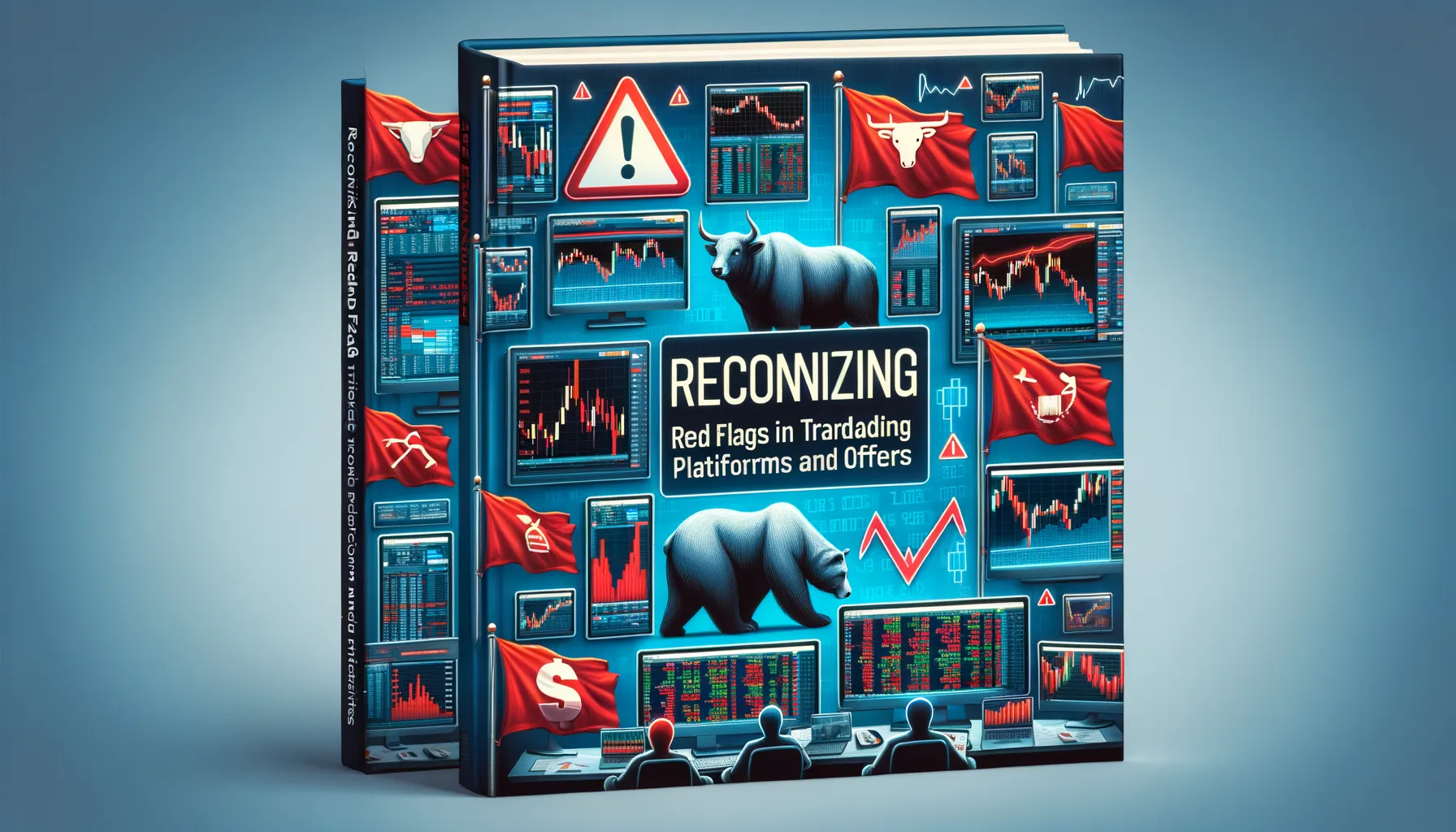Understanding Common Cryptocurrency Scams
Watch Out for the Wolves in the Crypto World
Venturing into cryptocurrency trading feels exciting, doesn’t it? But for every genuine opportunity, there’s a pack of wolves waiting to pounce. These scammers craft traps so sneaky they’d make Houdini proud. Let’s break down the most common schemes to help you sidestep their devious tricks.
One notorious trap is the fake investment scheme. Scammers lure you with promises of “guaranteed” profits—because who wouldn’t want a 500% return overnight? They’ll show fake testimonials, even forged screenshots of massive gains. But once your coins are gone, they vanish faster than a magician’s rabbit. Another danger? The ever-persistent phishing attack. One careless tap on a link in a seemingly harmless email, and suddenly your wallet credentials are in the hands of cyberthieves.
- Pump-and-dump schemes: Someone hypes up a cheap coin, everyone buys, the price skyrockets, and then—bam! The scammers sell off, leaving others with worthless tokens.
- Fake wallets or exchanges: Slick apps with official-looking logos steal your funds as soon as you deposit.
What’s the lesson here? If something about a deal feels too smooth, too good, or too rushed, trust those instincts. Scammers prey on urgency and greed—don’t let them win!
Essential Tips for Safe Mobile Coin Trading

Guarding Your Mobile Wallet Like a Vault
When trading coins on your mobile device, think of your phone as a digital vault that holds treasures. You wouldn’t leave a vault wide open in a public square, right? Protect your profits (and peace of mind) by securing every aspect of your trading journey.
First things first: always use trading apps from official stores like Google Play or the Apple App Store. Anything downloaded from shady corners of the internet is a ticking time bomb. Once you’ve got an app, double-check its developer and reviews; cloned apps with subtle name changes are sneaky traps.
While trading, avoid Wi-Fi networks that are open to everyone and their dog. It’s safer to stick with your own cellular data or a trusted network—free coffee shop Wi-Fi can cost you much more than your latte.
Treat your device as sacred. If someone offers too-good-to-be-true “investment tips” via an app or link, stop and think: is your vault worth the risk?
Recognizing Red Flags in Trading Platforms and Offers

Signals That Scream “Caution!”
Let’s cut right to it—when it comes to trading platforms and offers, some things just don’t smell right. A flashy app promising “guaranteed returns” or a broker pressuring you like a used car salesperson? That’s your cue to tap the brakes. Scammers prey on urgency and greed, whispering sweet nothings about massive profits to lure you in. But remember: if it sounds too good to be true, it probably is.
Pay attention to these tell-tale signs:
- No transparent contact info: Anonymity is their best friend. If you can’t find a legitimate address or customer support, run, don’t walk!
- Shady payment methods: Insisting on wire transfers or crypto-only payments? That’s often a one-way street with no refund policy.
- Unsecured connections: A missing padlock icon in the browser bar screams “unprotected.” Never enter personal data without that symbol of safety.
The Human Touch—or Lack Thereof
Ever feel like you’re talking to a robot? Some platforms use scripted, mechanical chatbots disguised as human support agents. Genuine companies engage in authentic, real-time communication. If responses feel cold, detached, or overly generic, ask yourself: Who’s really behind the curtain? Your intuition knows more than you think—listen to it!
Best Practices for Securing Your Mobile Device

Fortifying Your Digital Fortress
Your mobile device isn’t just a phone—it’s the key to your cryptocurrency vault, your bank, and sometimes even your identity. Keeping it secure is non-negotiable. Imagine leaving your front door wide open with a “Welcome” mat for hackers. That’s exactly what you’re doing without proper protection.
First things first: lock it down. Use a strong PIN, passcode, or biometric lock (like fingerprint or Face ID). Think of it as your moat guarding the castle. But don’t stop there—set your sights on the walls too. Turn on two-factor authentication (2FA) for every cryptocurrency app you use. It’s like adding a secret handshake before anyone can come in.
Tip: Avoid public Wi-Fi for trading. Why? Hackers love to lurk in coffee shops, using unsecured networks to eavesdrop on your data. If you must go online, invest in a reliable VPN to encrypt your traffic.
- Keep your apps updated. Those boring updates? They’re often patching security holes.
- Download apps only from trusted sources like Google Play or the App Store. No exceptions.
- Review app permissions regularly. Does your wallet app really need access to your microphone? Probably not.
Oh, and let’s talk antivirus software—it’s not just for laptops! Mobile-focused antivirus apps can fend off malware, spyware, and phishing attempts tailored for your smartphone. You wouldn’t leave your car unlocked in a sketchy neighborhood, right? Same logic here: protect what matters!
What to Do If You Fall Victim to a Scam

Take Immediate Action to Minimize Damage
Falling for a scam can feel like a punch to the gut—unexpected, disorienting, and overwhelming. But here’s the thing: you’re not powerless. The faster you act, the more control you take back. Start by identifying exactly what’s been compromised. Did the scammer gain access to your wallet login? Your private keys? Or was it a fraudulent payment? Pinpointing this helps determine your next moves.
- Change your passwords immediately on any associated accounts. Create strong, unique combinations to block further access.
- Contact your wallet or exchange provider. Many platforms, like Coinbase or Binance, have support teams trained for situations like this. They may be able to freeze transactions or secure your account.
- Report the incident to your local authority or cybercrime unit. Scams often feed on silence—reporting helps protect others too.
Regain Control and Learn from the Experience
Once you’ve tackled the immediate chaos, it’s time to reflect and shield yourself going forward. Ask yourself: What red flag did I miss? Maybe the scammer promised impossibly high returns or pretended to be from a trusted company like MetaMask. Use this painful lesson as armor for the future. Educate yourself, stay vigilant, and remember—you’re growing stronger, not weaker, from this moment.


